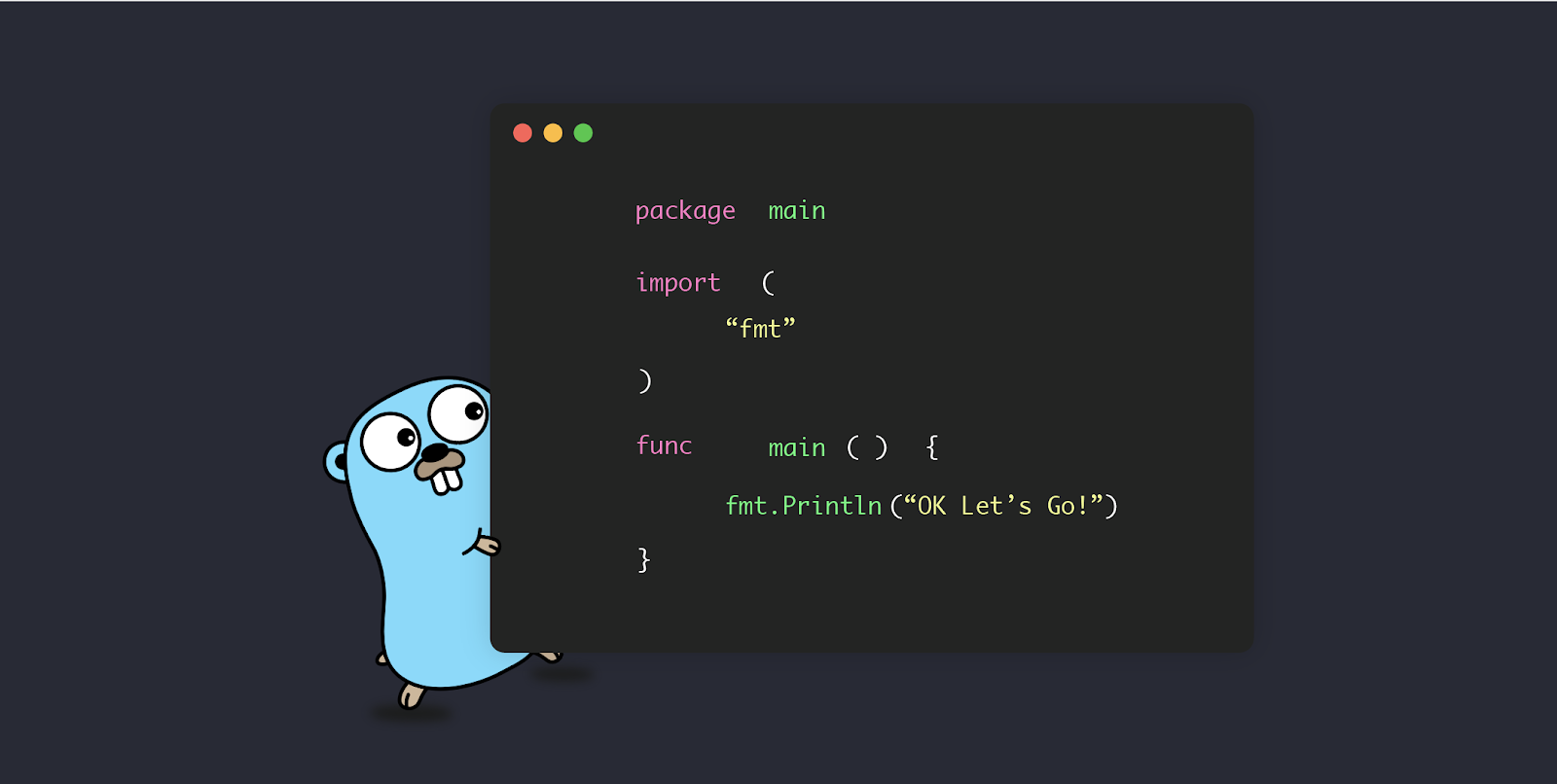Concurrency is a crucial aspect of modern software development, enabling programs to efficiently perform multiple tasks concurrently. In the Go programming language, goroutines are at the heart of concurrency. They provide a lightweight and efficient way to run concurrent code, making it easier to develop high-performance applications. In this blog, we'll explore goroutines in Go, their definition, use cases, syntax, advantages, and best practices. Whether you're new to Go or a seasoned developer, this guide will help you harness the power of goroutines in your Go projects.
What Are Goroutines?
A goroutine in Go is a lightweight, independently executing function or thread of control. Unlike traditional operating system threads, goroutines are managed by the Go runtime, which efficiently schedules them on available processor cores. This lightweight nature allows Go programs to create and manage thousands or even millions of goroutines without consuming excessive system resources.
Syntax of Goroutines
Creating a goroutine in Go is as simple as prefixing a function call with the go keyword:
func main() {
go myFunction() // Start a new goroutine to execute myFunction concurrently
// ... Rest of the program ...
}In this example, myFunction is executed concurrently in a goroutine, allowing the main program to continue running other tasks without waiting for myFunction to complete.
Use Cases for Goroutines
Goroutines can be applied to various scenarios, including:
-
Parallelism: Utilizing multiple CPU cores to perform CPU-bound tasks concurrently, such as data processing and computations.
-
Concurrent I/O: Handling multiple I/O operations concurrently, such as reading/writing files, making HTTP requests, or interacting with databases.
-
Web Servers: Creating highly concurrent web servers that can serve many client requests simultaneously.
-
Real-Time Applications: Building real-time applications like chat servers, gaming servers, or data streaming services.
-
Asynchronous Programming: Simplifying asynchronous programming by using goroutines to manage asynchronous tasks.
-
Resource Management: Efficiently managing resources like connections, locks, and caches concurrently.
Advantages of Goroutines
The use of goroutines in Go offers several advantages:
-
Lightweight: Goroutines are lightweight, enabling you to create and manage thousands of them without significant overhead.
-
Simplicity: Goroutines are easy to create and manage, making concurrent programming more accessible.
-
Efficiency: The Go runtime efficiently schedules goroutines, optimizing resource utilization and minimizing contention.
-
Concurrency Safety: Go's concurrency model, which includes goroutines and channels, promotes safe and predictable concurrent code.
-
Scalability: Goroutines enable scalable concurrent programming, making it possible to build highly concurrent applications.
-
Readability: Concurrent code using goroutines often results in clear, readable, and maintainable code.
Best Practices for Using Goroutines
To make the most of goroutines in Go, consider the following best practices:
-
Synchronization: Use channels and synchronization primitives like
sync.Mutexto coordinate goroutines and prevent data races. -
Error Handling: Properly handle errors in goroutines to prevent silent failures. Consider using channels to propagate errors.
-
Resource Cleanup: Ensure proper resource cleanup, such as closing files or network connections, when goroutines are done.
-
Avoid Overuse: Be mindful of resource consumption when creating goroutines. Not every task needs its own goroutine.
-
Use
context: Utilize thecontextpackage for managing the lifecycle of goroutines and handling cancellations and timeouts. -
Avoid Sharing Data: Minimize shared mutable state between goroutines to reduce complexity and prevent data races.
Conclusion
Goroutines are a powerful and efficient concurrency primitive in Go, allowing developers to write highly concurrent programs with ease. By understanding how to create, manage, and coordinate goroutines effectively and following best practices, you can build scalable and efficient applications that take full advantage of modern multi-core processors. Whether you're developing web servers, real-time applications, or data processing pipelines, goroutines are a valuable tool in your Go developer toolkit for achieving high levels of concurrency and parallelism.
